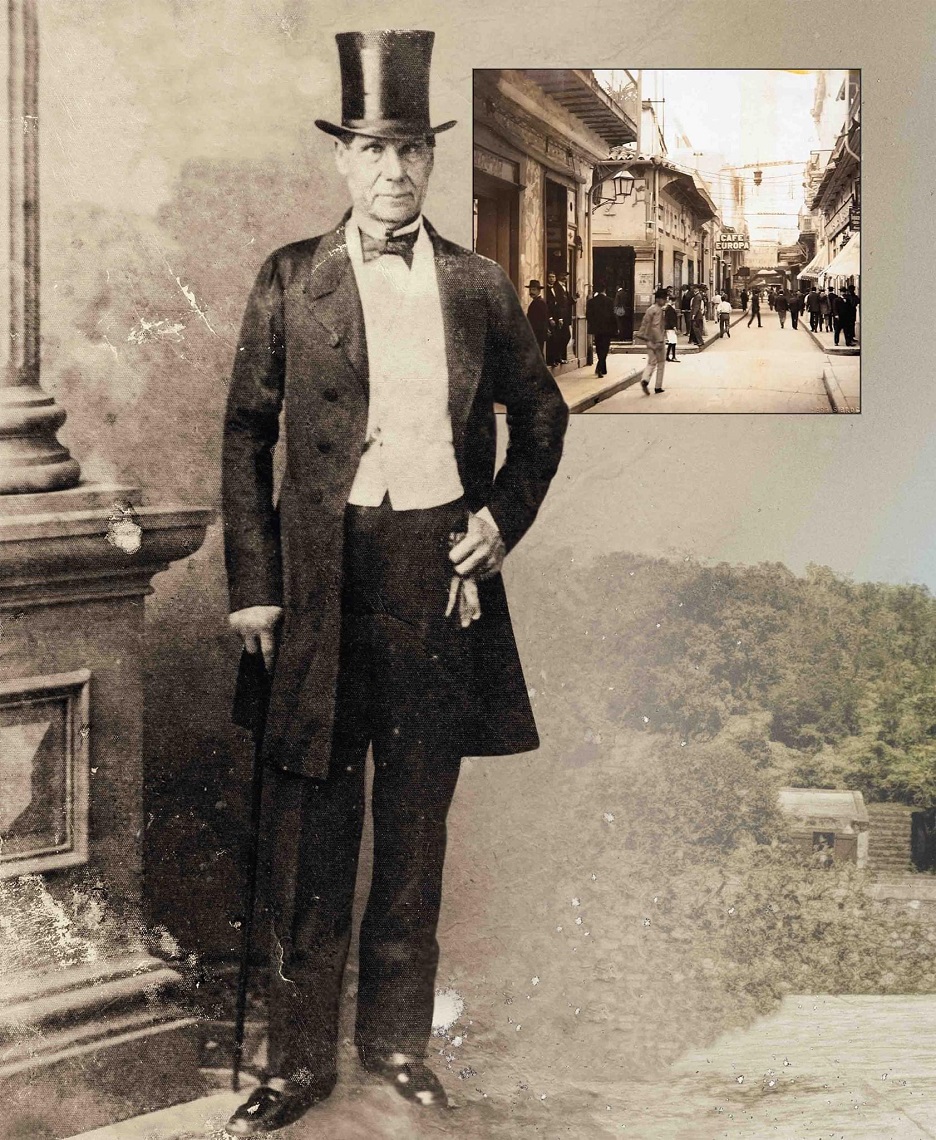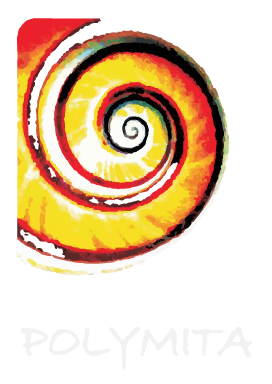

ARTICLE
WORLD COFFEE DAY
BY: JULIO A. LARRAMENDI
About World Coffee Day.
A scoop of coffee.
Sumptuous gold has been served to my lips in that kind cup of coffee. I am enraged and happy by the rich juice; soft fire, without flame and without burning, enlivens and accelerates all the agile blood in my veins.
Coffee has a mysterious trade with the soul; disposes members to battle and race ...
Jose Marti
The Sun is already entering through the wide windows and Isabel María, the beautiful African who accompanied him along with 24 other slaves on the flight from Saint-Domingue, approaches the iron bed where she slept with Monsieur Víctor Constantin, her master, lord and lover. She brings him a steaming, aromatic cup of coffee, freshly ground and strained.
The colonist, still with the bitter taste in his papillae, looks out to enjoy the exuberant nature that surrounds him, from the coast to the Caribbean Sea, the endless pine forests and the huge stone balanced on the top of a very nearby hill. Then his gaze falls on the drying room, at the foot of the solid house, completely covered with red grains, where a dozen slaves, under the watchful eye of the foreman, remove the harvest.
It is 1833, and with his 55 years he has had all kinds of experiences, from the rapid enrichment, the precipitous stampede after the bloody rebellion of the slaves, until his arrival in Santiago de Cuba. There, on the slopes of the Sierra Maestra, a short distance from the city, he built his final empire, La Isabelica, named after his black and faithful lover.
This has been an excellent year, with a record production in the largest of the Antilles of almost 650,000 quintals, which will be exported to the United States and many countries in Europe.
Other compatriots, about 30,000, from the most dissimilar professions, had arrived in Cuba from 1789 on, from France, after the storming of the Bastille and the joyous use of the guillotine; from the nearby Caribbean island, by the Haitian revolution, and from Louisiana and Florida, at the beginning of the second decade of the nineteenth century, by the agreements between the Spanish and the French. The majority, always fleeing the revolutions, had settled in the old province of Oriente, and in the west, between Matanzas and Pinar del Río. None suspected that years later, another revolution, against Spain, would devastate their properties.
Those settlers brought new coffee processing techniques, and gave an enormous boost to the agribusiness (including the sugar industry) that took Cuba, in a few years, to the first places in the production and export of the arabica bean. At the same time, they introduced a liberal ideology, Freemasonry, a refined culture and customs to which they clung far from their homeland.
The official history of coffee in Cuba begins in 1748, when the Senior Accountant Don José Gelabert sows the first seeds (brought from Haiti) in the town of Ubajay, today Wajay, very close to Havana. It is curious that his main objective was to obtain brandy from cherries.
Stimulated by the price, these attempts, with variable results, would spread throughout the island, in hundreds of plantations. With the arrival of the French, coffee plantations flourished in the mountainous regions, and since then the surroundings of Santiago de Cuba, Guantánamo, Escambray and the Sierra de los Órganos are the best growing areas.
Coffee is here to stay and quickly replaced chocolate as the national drink. The numerous establishments for its sale became centers of social life and conspiracy in the Cuban struggle for independence.
It's six in the morning. Anywhere in Cuba, someone gets up and prepares the first laundry of the day. In many places in the Cuban countryside, coffee still seeps as in the time of Monsieur Constantin. It is the obligatory offer to the visit in any home: a little mouthful of «sumptuous gold», strong, bitter, with milk, liqueurs, spices ...
A scoop of coffee.
Sumptuous gold has been served to my lips in that kind cup of coffee. I am enraged and happy by the rich juice; soft fire, without flame and without burning, enlivens and accelerates all the agile blood in my veins.
Coffee has a mysterious trade with the soul; disposes members to battle and race ...
Jose Marti
The Sun is already entering through the wide windows and Isabel María, the beautiful African who accompanied him along with 24 other slaves on the flight from Saint-Domingue, approaches the iron bed where she slept with Monsieur Víctor Constantin, her master, lord and lover. She brings him a steaming, aromatic cup of coffee, freshly ground and strained.
The colonist, still with the bitter taste in his papillae, looks out to enjoy the exuberant nature that surrounds him, from the coast to the Caribbean Sea, the endless pine forests and the huge stone balanced on the top of a very nearby hill. Then his gaze falls on the drying room, at the foot of the solid house, completely covered with red grains, where a dozen slaves, under the watchful eye of the foreman, remove the harvest.
It is 1833, and with his 55 years he has had all kinds of experiences, from the rapid enrichment, the precipitous stampede after the bloody rebellion of the slaves, until his arrival in Santiago de Cuba. There, on the slopes of the Sierra Maestra, a short distance from the city, he built his final empire, La Isabelica, named after his black and faithful lover.
This has been an excellent year, with a record production in the largest of the Antilles of almost 650,000 quintals, which will be exported to the United States and many countries in Europe.
Other compatriots, about 30,000, from the most dissimilar professions, had arrived in Cuba from 1789 on, from France, after the storming of the Bastille and the joyous use of the guillotine; from the nearby Caribbean island, by the Haitian revolution, and from Louisiana and Florida, at the beginning of the second decade of the nineteenth century, by the agreements between the Spanish and the French. The majority, always fleeing the revolutions, had settled in the old province of Oriente, and in the west, between Matanzas and Pinar del Río. None suspected that years later, another revolution, against Spain, would devastate their properties.
Those settlers brought new coffee processing techniques, and gave an enormous boost to the agribusiness (including the sugar industry) that took Cuba, in a few years, to the first places in the production and export of the arabica bean. At the same time, they introduced a liberal ideology, Freemasonry, a refined culture and customs to which they clung far from their homeland.
The official history of coffee in Cuba begins in 1748, when the Senior Accountant Don José Gelabert sows the first seeds (brought from Haiti) in the town of Ubajay, today Wajay, very close to Havana. It is curious that his main objective was to obtain brandy from cherries.
Stimulated by the price, these attempts, with variable results, would spread throughout the island, in hundreds of plantations. With the arrival of the French, coffee plantations flourished in the mountainous regions, and since then the surroundings of Santiago de Cuba, Guantánamo, Escambray and the Sierra de los Órganos are the best growing areas.
Coffee is here to stay and quickly replaced chocolate as the national drink. The numerous establishments for its sale became centers of social life and conspiracy in the Cuban struggle for independence.
It's six in the morning. Anywhere in Cuba, someone gets up and prepares the first laundry of the day. In many places in the Cuban countryside, coffee still seeps as in the time of Monsieur Constantin. It is the obligatory offer to the visit in any home: a little mouthful of «sumptuous gold», strong, bitter, with milk, liqueurs, spices ...



